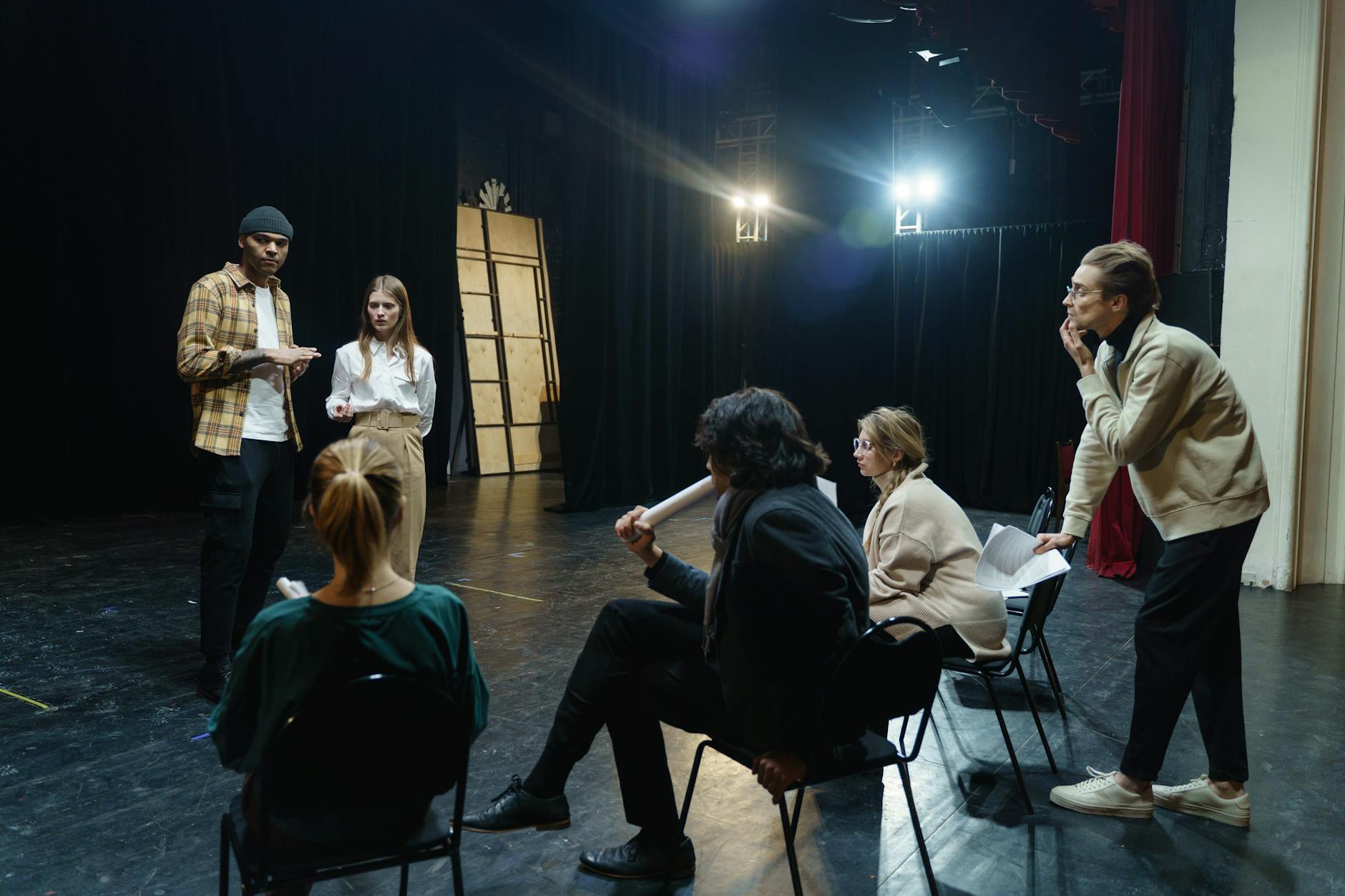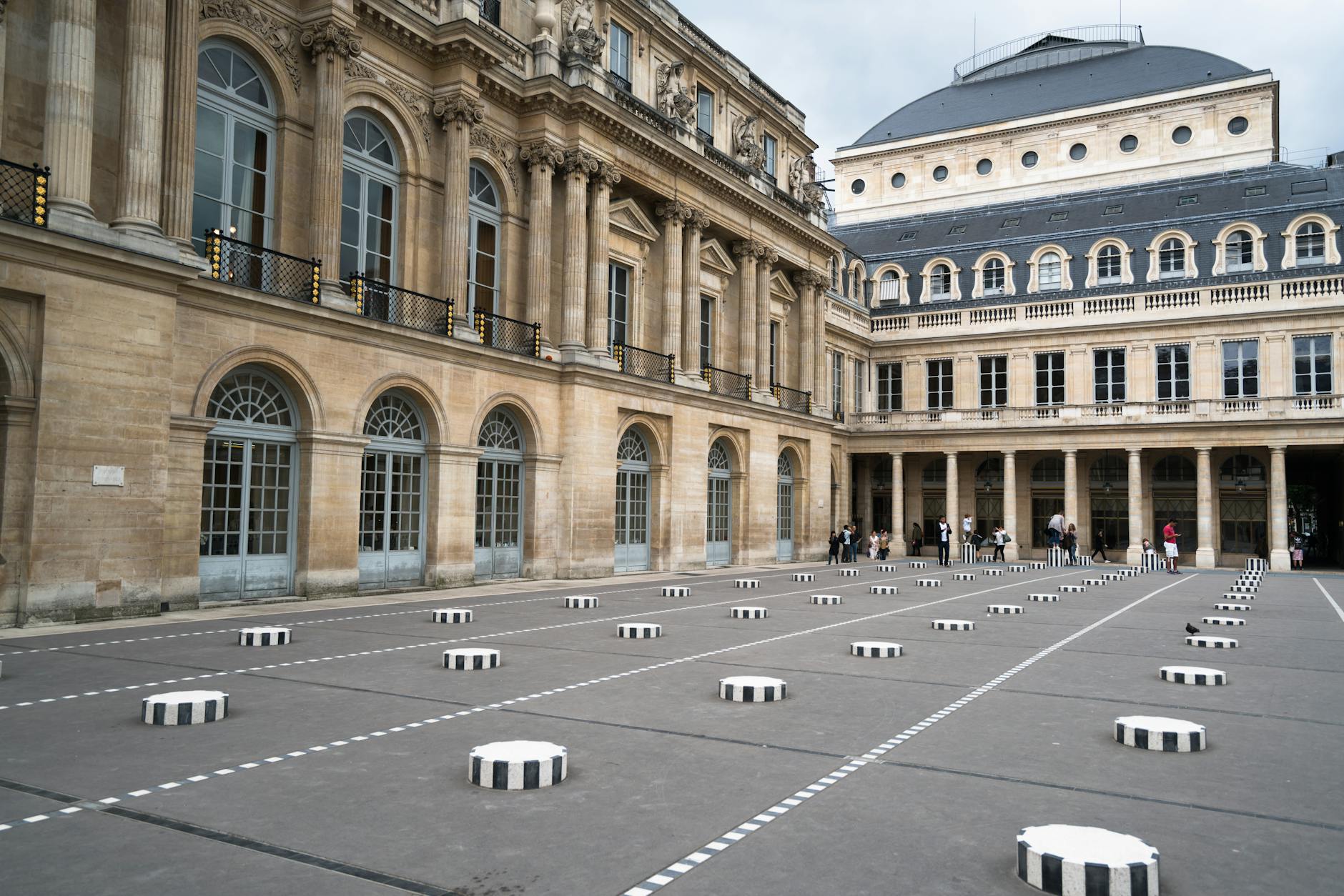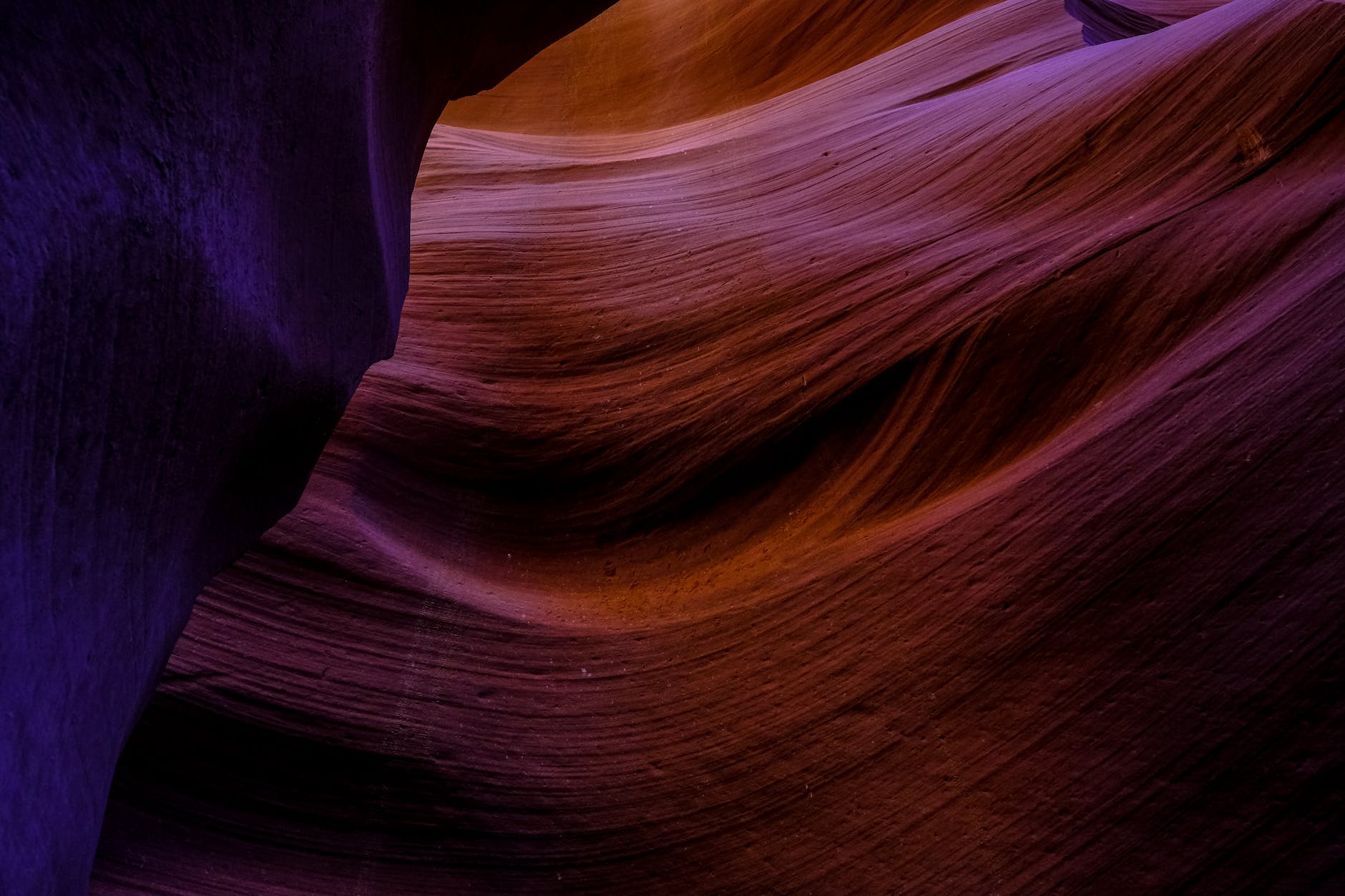Being an artist requires continual engagement with the creative muse that is often elusive. Whether painting, composing music, crafting prose, or choreographing dance movements, the desire to express something unique, groundbreaking, or profoundly moving is a frequent yet complex pursuit. One path, often ventured upon, involves the use of mind-altering substances, particularly Psychedelics in enhancing creativity and inspiration for artistic expression.
Historically, many cultures utilized substances with psychoactive properties for spiritual or healing purposes. Some have even suggested that visionary art or prehistoric cave paintings could be representations of hallucinogenic experiences. Today, a derivative segment of the counterculture movement is centered on the use of Psychedelics for inducing transcendental experiences, heralding in a new wave of ‘psychedelic culture’.
Psychedelics, including substances like LSD, psilocybin, and mescaline, are potent tools for profound inner exploration. They change perception, thought processes, and feelings, leading to a state often described as “trippy.” These experiences can shake up our standard cognitive patterns, potentially leading to novel insights or perspectives.
Artists from diverse fields have credited psychedelics with boosting their creative output. The Beatles’ music, for instance, took on a notably more experimental tone after their experiences with the substance, a reflection of how psychedelics can inspire fresh, innovative ideas. The same goes for great minds like Steve Jobs, who attributed some of his creative genius to his experiences with these substances. These testimonies stand as evidence of psychedelics’ impact on inspiration and creativity.
Visual artists, in particular, seem to find a unique affinity for psychedelics. Many artists describe the ability to see colors more vividly, perceive patterns and shapes differently, and experience a heightened awareness of detail during a psychedelic journey. All these changes in perception create a rich fodder for Artistic expression. The psychedelic experience can perhaps be most closely paralleled to a dream-like state. Like dreams, these experiences can be deeply personal, intensely emotional, and filled with rich, symbolic imagery.
The art inspired by such experiences popularly features bright, saturated color palettes; complex, recursive patterns; fantastical creatures or landscapes; and symbolic or spiritual themes. The result is ‘trippy visuals’ that attempt to capture the ineffable quality of the psychedelic experience. The works of Alex Grey, for example, are emblematic of this style – vast, intricate, deeply symbolic pieces that feel simultaneously metaphysical and visceral.
However, art balances on a knife’s edge of subjectivity. Art’s value often lies in the eye of a beholder, and thus poses a question: Is the artwork resulting from psychedelic use truly more creative, or does it merely seem so to those who are under the influence or who value altered states? Some argue that this ostensibly ‘higher creativity’ might simply be a product of the altered state’s novelty or the tendency to view anything mind-altering as inherently countercultural or cutting-edge.
Furthermore, there is ongoing debate around the ethics and legality of these substances. While they have demonstrated potential for therapeutic use, they are still predominantly illegal and can lead to harmful effects if misused.
Psychedelics undeniably open doors to unexplored realms of consciousness and perception, which, when channeled into art, can result in profoundly moving, mind-bending works. But while they can provide a splash of inspiration and color, it’s crucial to acknowledge the factors of skill, practice, and discipline in creating remarkable art. After all, the mind’s depths are a wellspring of creativity—with or without substances.
In summary, the relationship between psychedelics and artistic expression is infinitely complex and deeply personal. It remains one of the many tools in the arsenal of the artist, enriching the multidimensional canvas of the human experience. Through the lens of psychedelics, artists can perceive and depict realities beyond the usual, offering viewers a window into their transcendental experiences and their exploration of the inner self.








